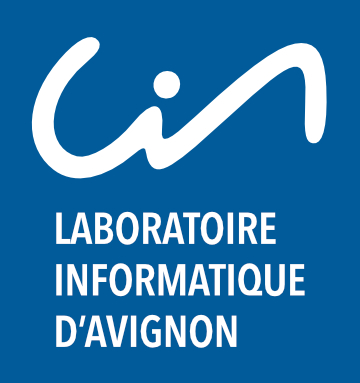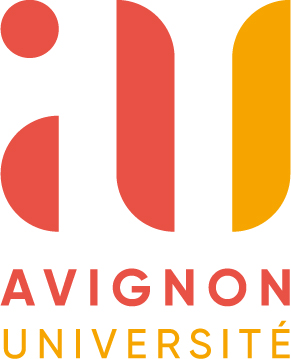Do Children Laugh Like Their Parents? Conversational Laughter Mimicry Occurrence and Acoustic Alignment in Middle-Childhood
Résumé
Laughter is ubiquitous and crucial in social interactions. In addition to conveying meaning, it is a valuable means for monitoring interlocutor mental states and mutual cognitive alignment. Laughter has been shown to be informative about the pragmatic development of preschool children. The current paper investigates laughter mimicry and acoustic alignment in middle childhood in a corpus of parent-child (N = 16) and parent-adult (N = 8) computer-mediated conversations. We performed both distributional and acoustic analyses. While there were no significant differences in terms of laughter frequency between children and adults, transitional probabilities of laughter mimicry were significantly lower in parent-child than in parent-adult interactions, although balanced at an intra-dyad level. A spectro-temporal modulation (STM) analysis revealed that in children, Mimicking laughter is characterised by higher STMs than Isolated laughter. On the other hand, in adult, Mimicking and Isolated laughter do not differ in terms of STMs. Further, we compared distances from genuine and pseudo-random Initiating-Mimicking laughter pairs. In adults, laughs constituting genuine pairs were acoustically more similar than those constituting pseudorandom pairs, showing, therefore, local acoustic alignment and confirming previous studies. No such local laughter alignment was found in Children. Our results suggest that although laughter production during middle childhood resembles adult-like use in terms of frequency, speechlaughter use, arousal, and balance between interactants, it is still significantly different when considering laughter mimicry, both in terms of transitional probabilities and acoustic alignment between interlocutors. Our study forms a basis for discussion on current theoretical models of alignment, its interplay with interactional dynamics, and the entanglement of laughter use with pragmatic development.

